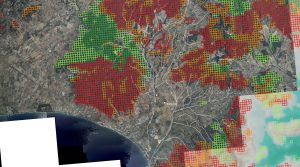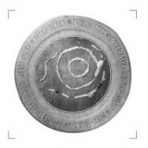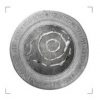The archaeo-anthracological analyses carried out in nEU-Med project laboratory in collaboration with Laboratorio di Storia della Vegetazione e Anatomia del Legno (Dipartimento di Scienze Agrarie, Università di Napoli Federico II) have been completed and involved a sample of over 4000 charcoals from the archaeological site of Vetricella. The data acquired allow us to rewrite the history of vegetation and woodland use in the southern Tuscany between 8th and 13th centuries.
The areas now occupied by Mediterranean evergreen vegetation (Fig.) were characterized in the past by other forms of woodland. The communities exploited these resources for firewood and timber woodworking, ensuring the renewal of the forest by cutting and governing the forest topsoil with forms of cultivation suited for the grazing of livestock.
The medieval period investigated by the project is proving to be of fundamental importance to understand the history of Tuscany’s woodland. In these centuries new agro forestry resources were developed and the great tradition of the forestry-pastoral economy was formed, and of still significant importance in Italy up to this day.

(Fig.) Map of forest vegetation of the Pecora river valley transferred on the basis of GIS cartography. In red and orange, the areas covered by Mediterranean evergreen vegetation. In green the areas covered by deciduous oak vegetation (data source: Regione Toscana).


